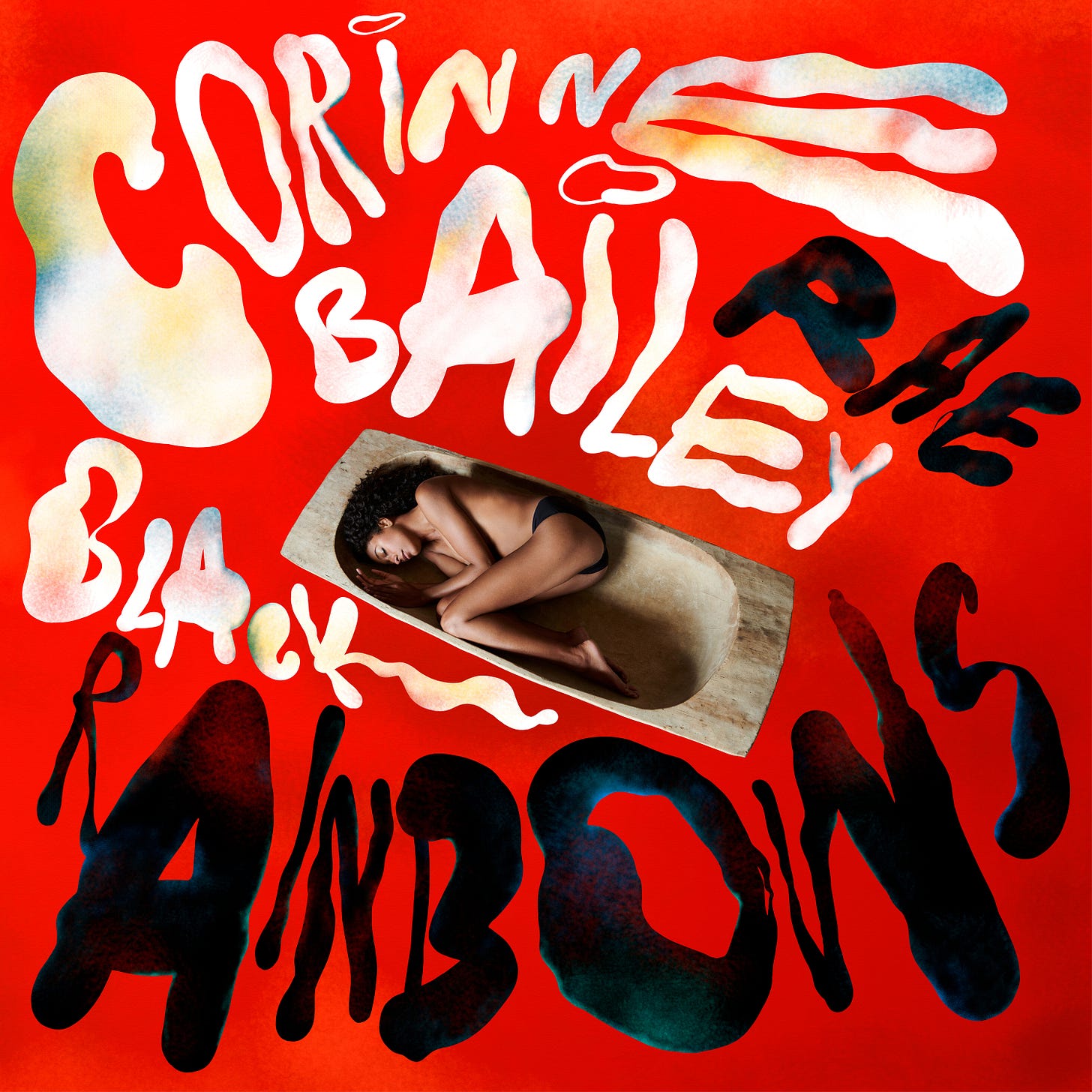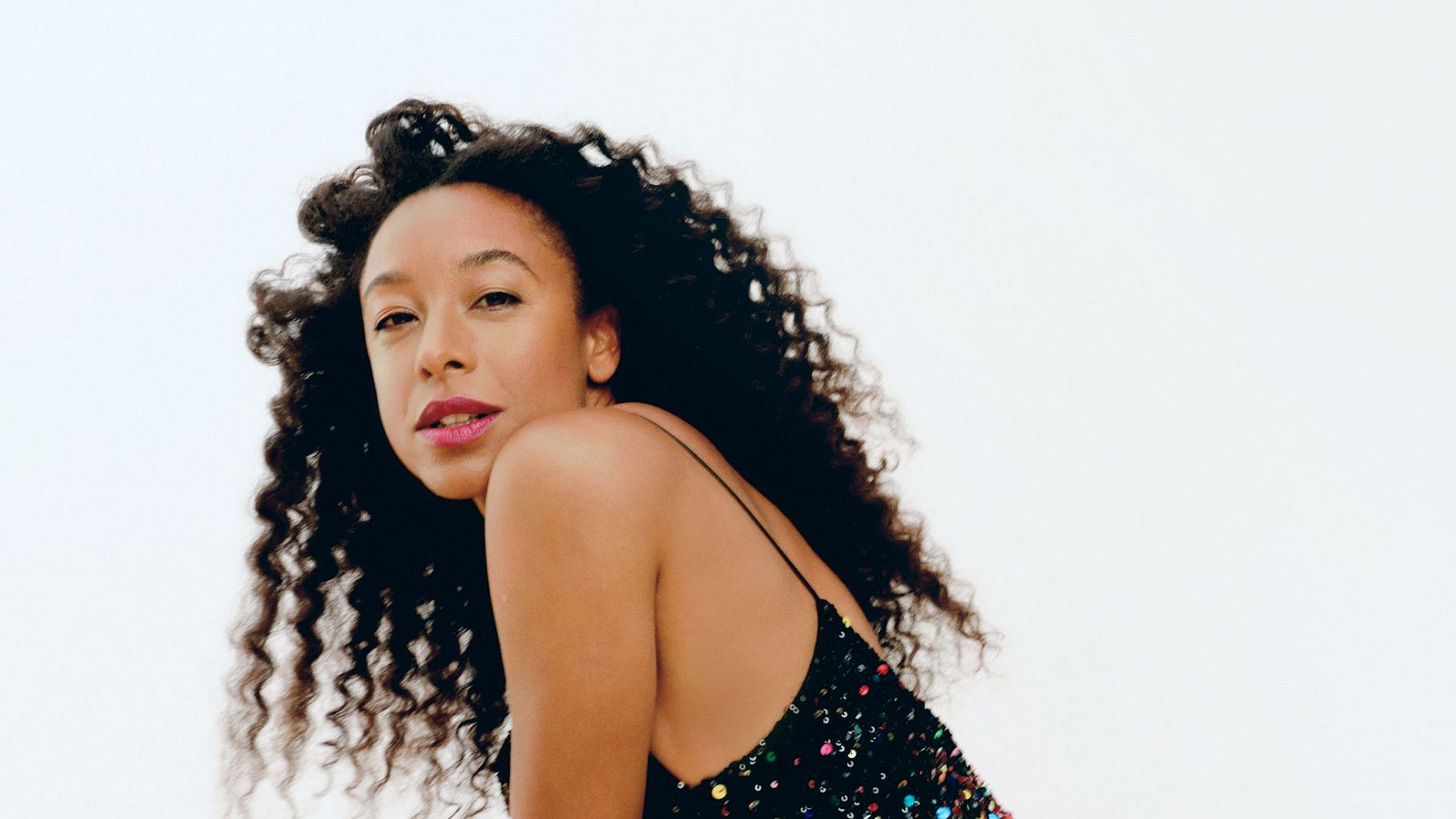Corinne Bailey Rae's Creative Leap in Black Rainbows
We’re discussing the dynamic and daring soundscapes of Black Rainbows, where Corinne Bailey Rae redefines her musical identity.
Corinne Bailey Rae’s musical origins trace back to her teenage years in Leeds, where at the age of 15, she was part of an all-female rock band named Helen. This group, which found its muse in bands such as Belly, L7, and Veruca Salt, caught the attention of Roadrunner Records, a significant player in the alternative rock scene. Although their potential deal with the label did not materialize—a setback that could dishearten many—Rae continued her pursuit of music undeterred. Her latest work, Black Rainbows, channels this early influence with a vibrant intensity and self-assuredness that almost feels like a reintroduction to Rae herself, devoid of any superficial imitation.
The year 2006 saw Rae’s “Put Your Records On” become an anthem of tranquility and contentment, resonating through airwaves and embedding itself into the fabric of easy listening playlists. This track, along with her eponymous debut album—which remained on the Billboard 200 for over 18 months—cemented jazz, soul, and R&B as integral elements of her signature sound. Fast forward seventeen years, and Rae has veered into the realm of unapologetic rock with Black Rainbows, delivering a performance filled with raw power and distorted guitar riffs—a stark contrast to her earlier whispery tones.
In her career, Rae has taken measured steps between releases. The somber themes of loss and love permeated her 2010 album The Sea, reflecting on the untimely passing of her first husband, saxophonist Jason Rae. Six years later, The Heart Speaks in Whispers marked a return to polished pop-soul under the guidance of her record label. By this time, Rae had entered a new chapter in her personal life, marrying S.J. Brown, who co-produced Black Rainbows alongside her.
A transformative experience for Rae was a visit to Stony Island Arts Bank in Chicago in 2017. Here, she discovered a captivating photograph from 1954 of Audrey Smaltz—a young pageant winner—and it ignited Rae’s creativity for the song “New York Transit Queen.” With its brisk pace and spirited vocals, this track stands out as a thematic centerpiece more so than even the album’s title track. It is a tribute to youthful ambition and beauty that finds parallels in Smaltz’s illustrious career within the fashion industry.
Another piece on the album presents a contrasting view of Black beauty with “He Will Follow You With His Eyes.” In this song, Bailey Rae juxtaposes dated commercial slogans against modern affirmations of natural beauty, culminating in a defiant celebration of Black identity amidst an electronic soundscape.
Black Rainbows oscillates between sonic extremes: from abrasive noise to tender subtleties, from visceral longing to incandescent fury. Some tracks hark back to Rae’s punk-rock roots with Helen, while others weave together vintage charm with contemporary electronic experimentation. The title track itself is an eclectic mix that layers Rae’s voice into a chorus set against an intricate backdrop brimming with jazzy undertones and expressive saxophone.
Deeply moved by the narratives within Stony Island’s “Negrobilia” collection, Rae confronts harrowing histories in “Erasure,” channeling pain and resistance through fierce guitar work and relentless percussion. These intense compositions serve as poignant acknowledgments of past injustices that continue to cast shadows over present-day experiences.
While her previous work incorporated synthetic elements conducive to mainstream appeal, “Black Rainbows” sees Rae embrace her experimental side more fully—a direction she navigates with Steve Brown’s co-production. Tracks like “Earthlings” fuse mechanical synths with jazz inflections, creating auditory landscapes that invite listeners into envisioned utopias.
The most striking composition on the album might be “Put It Down,” which begins with classical strings before descending into a cacophony of synthesized textures and piercing violin strokes. Here, Rae deftly balances lyrical delivery against pulsating beats as she resolves to overcome adversity rather than succumb to it.
Inspiration for much of the album stems from artifacts at Stony Island Arts Bank—an extensive archive curated by artist Theaster Gates—that prompted reflections on slavery, spirituality, survival, and freedom.
Even when exploring softer melodies reminiscent of her earlier works, Rae subverts expectations by shedding idyllic illusions in favor of empowering declarations about personal identity and beauty standards.
Closing the album is “Before the Throne of the Invisible God,” where Rae’s vocals drift amidst chimes and woodwind flourishes, conjuring comparisons to both Eartha Kitt and Kate Bush. Yet it is “Peach Velvet Sky,” inspired by Harriet Jacobs’ narrative from Incidents in the Life of a Slave Girl, that crystallizes the album’s overarching theme: the relentless quest for freedom despite insurmountable obstacles.
Black Rainbows transcends being merely an artistic output born from museum inspiration or adolescent nostalgia—it represents both a departure from past conventions and an invigorating renewal of Corinne Bailey Rae’s artistry.



